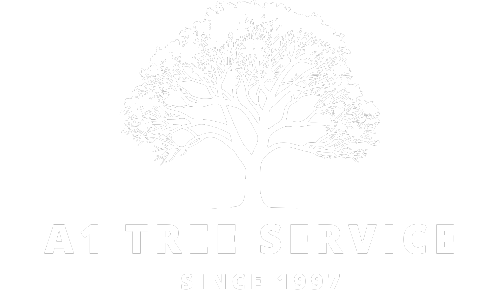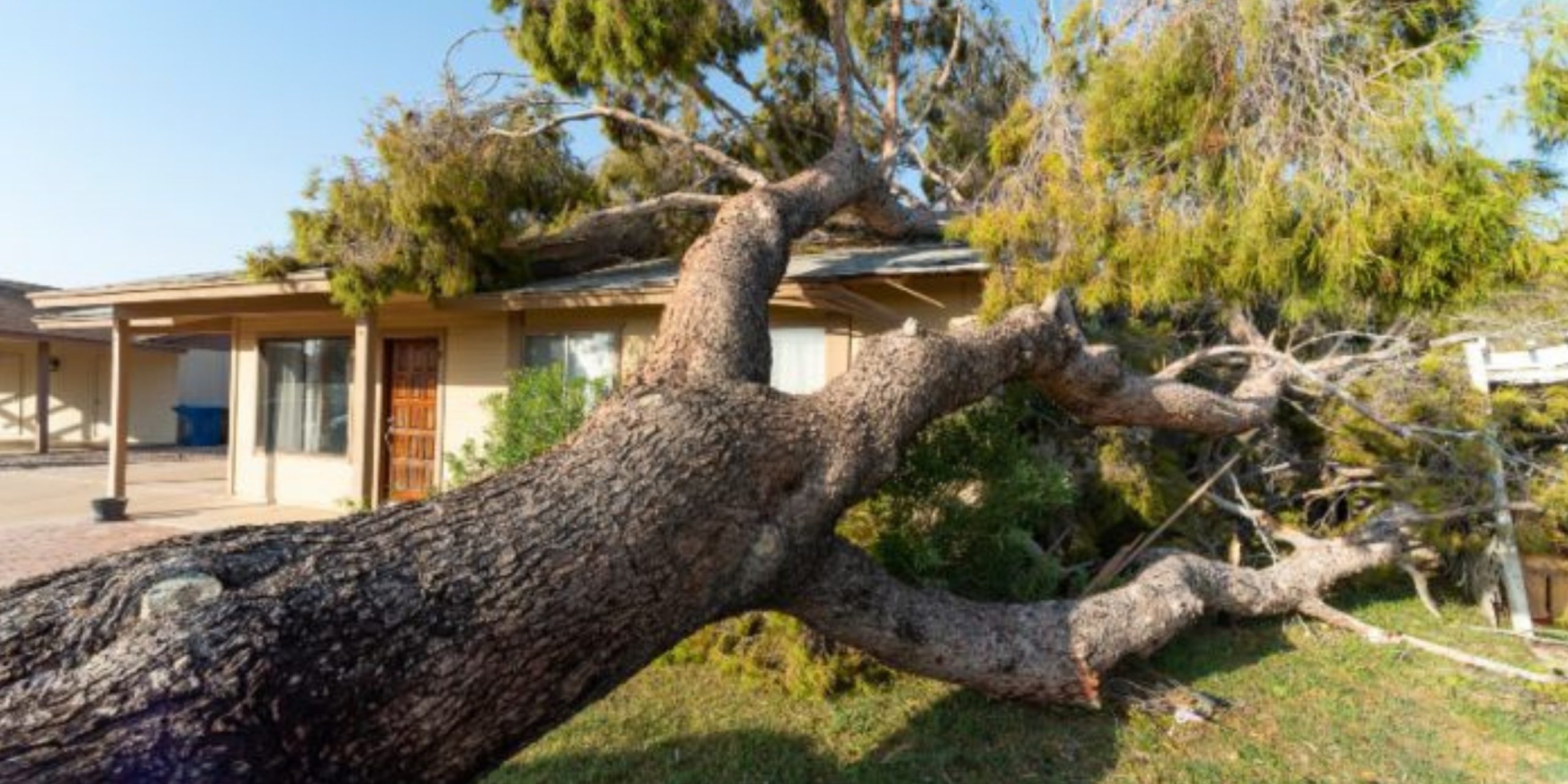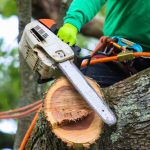The removal of trees is a common problem that owners of the property have to deal with, especially when trees are located on or beside the boundaries of the property. When a tree is located on a property boundary between two neighbors, it may be difficult to tell who should be the one to remove the tree. The legal aspects, the neighbor relations, and the circumstances under which the tree is being removed are the factors that tend to affect this decision. In this guide, we shall discuss who usually pays the cost of removing trees on a property line and how to deal with the conflicts of shared trees.
What Defines a Property Line Tree?
A property line tree is a tree whose trunk lies on the property line between two properties. This may happen when trees grow naturally on the border of properties or are planted deliberately on the border. Decide who owns the tree in order to know who will be responsible in removing the tree.
Shared Ownership
If the tree lies on the property line, it is usually regarded as the property of both owners. In the present scenario, the tree is normally shared by both neighbors, and costs involved in its removal are also shared. The details can be different according to the place and any agreements between neighbors.
Tree Ownership and Responsibility
There are instances where one of the neighbors has planted the tree at the border of the land or the tree was already there when the land was divided. Ownership can be disputed in case there is confusion on who owns the tree. In such instances, property owners are advised to come up with a compromise or consult an attorney.
When Is Tree Removal Necessary?
The reasons why tree removal might be necessary can vary:
Tree is Dangerous or Damaged
When the tree is diseased, dying, or leaning over one of the properties, it may be a safety hazard. In this situation, the owner of the tree (or both of them) can bear the expense of removal. In case the tree falls on a property line, both the owners might have to share the expense.
Tree is Blocking Property Use
In other cases, trees may shade the sunlight, block the view, or even hamper construction plans. If the tree is posing a lot of inconvenience, then the owner of the property desiring its removal might have to incur the expense. This, however, may be subject to the position of the tree whether on their side of the property line or otherwise.
Disputes Over Roots or Branches
Although the tree itself might not be dangerous, its roots or branches can damage the property of one of the neighbors, e.g., cracking a driveway, disrupting a fence. The aggrieved neighbor can, in this case, ask that the tree be cut down or a section of the tree be cut. The sharing of the costs is dependent on whether the tree is shared or on a single property.
Who Pays for Tree Removal?
The expenses of cutting a tree on the property border are usually shared depending on the situation. The neighbors in most instances share the financial burden but this is not always true.
Here are several scenarios:
Shared Cost Between Neighbors When Both Want to Cut the Tree
If the tree is a common one to both property owners, they usually share in the cost of tree removal. This is a fair solution but both parties should talk freely and decide on the way the costs will be shared.
One Neighbor Wants the Tree Removed
When one of the property owners insists on cutting down the tree due to individual reasons (blocking sunlight, view, or damaging their property), he/she might be expected to bear the total cost of the removal. This will however be based on the circumstances and agreements between the neighbors.
Tree is on One Property
If the tree is visibly on one side of the property line, the owner of that side normally takes the expense of the removal. But where the tree hangs over the neighboring property, then the other owner of the property can possibly ask to cut off branches or remove the hanging portions. In case of disagreement between the parties, a third-party mediator or legal aid might be needed.
Legal Considerations
In other cases, a property owner can be under legal obligation to cut a tree that is damaging the land of his/her neighbor. As an example, if the roots of the tree are destroying the foundation of the neighboring house, the tree owner can be legally bound to pay to have it removed or repaired. Legal matters may become complicated, so it is advisable to seek legal advice in case of major damage or a dispute.
How to Avoid Disputes Over Tree Removal
Although tree removal conflicts may occasionally be acrimonious, they can be addressed or prevented in a friendly manner.
Communicate Openly
Neighbors must talk about the situation before reaching any decisions. If one of the neighbors feels that the tree is a problem, then it is better to discuss the problem and arrive at an equitable solution. Neighbors can avoid misunderstandings by agreeing on who is going to pay to remove the trees and how the expenses are going to be shared.
Obtain Multiple Quotes
When both neighbors consent to the tree removal, then it is advisable to obtain several estimates from different tree removal companies. Doing this helps to ensure that the removal process is carried out with efficiency and also at a fair price. The quotes may also be shared to enable the two parties to agree on the way to share the costs.
Put Agreements in Writing
In other situations, neighbors can choose to make a written agreement of how the removal of the tree will take place, the cost involved, and the duties and time. An agreement in writing will prevent misunderstandings and subsequent disagreements.
Seek Professional Mediation
When neighbors cannot come to an agreement on the price or need to remove a tree, then a professional mediator can be used to solve the conflict. Mediation will also be effective in ensuring that the two parties reach a compromise without taking legal action.



